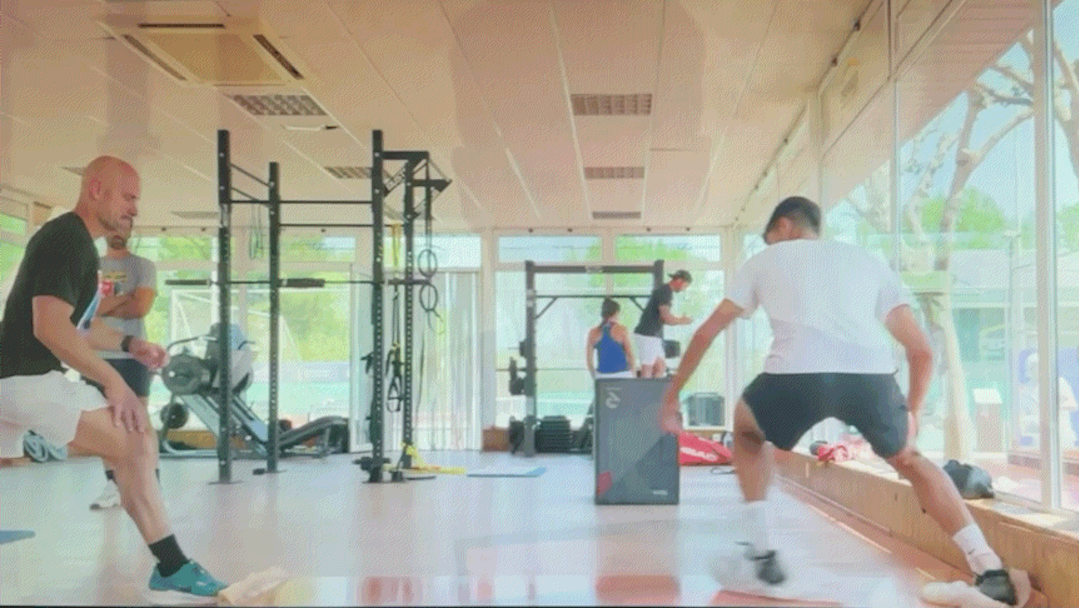Tennis Technology and Training
One of my goals this year is to maintain player records as outlined in the USTA Player Development Journal. I previously wrote about the Practice Evaluation Worksheet that was derived from the USTA document. Now, with USTA League play in full swing, I am playing matches that matter. Consequently, I have turned my attention to the Post-Match Evaluation Worksheet.
Here is a link on my previous two posts about the USTA Player Development Journal for anyone that missed it or needs a refresher:
- The USTA Player Development Journal. Introduces the and gives a little more history on the “Playing Styles” section of the document.
- Post-Practice Evaluation. Describes some customizations that I made to the Practice Evaluation Worksheet that work better for me.
Early on, I made an executive decision that I would record my practice matches on the Practice Evaluation Worksheet. The rationale for that decision is because when I play a practice match, developmental objectives usually trump the overall match outcomes. I found that the Practice Evaluation Worksheet was more intuitive for planning and collecting data in that situation.
I played my first real match of 2022 a couple of weekends ago. That immediately prompted me to create my own tailored version of the Post-Match Evaluation Worksheet. The most noticeable change is the layout. The two facing pages landscape orientation in the USTA’s document doesn’t lend itself to printing out single pages as needed. My single page portrait orientation is more user friendly, at least to me.
There are also subtle changes in the document. Much of the same data is collected, but with headings and titles that increase clarity. I also relabeled the game plan as Plan A, B, and C which more closely corresponds to the current competitive vernacular.
My first official match was a USTA 55+ doubles match. In USTA League play there isn’t much time to develop a game plan prior to the match. You simply don’t know who you are playing until immediately before the match starts. However, armed with good prior knowledge of both of our opponents, my partner and I were able to quickly formulate “Plan A” after the warm-up.
We immediately fell behind in the first set 1-5. It wasn’t an execution issue. The other team was dictating the points through wholly unexpected aggressive net play. Plan A was ineffective against their tactics. Fortunately, our in-match adjustments worked. We lost the first set, but won both the second and the super-breaker.
The power of the Post-Match Evaluation Worksheet is that it prompts advance planning of a game plan on some level. It also makes any “In-Match Adjustments” more conscious and deliberate. Knowing that it will be written down later forces me to articulate them more clearly to myself in the moment. There is clear benefit in that. Additionally, I sure would hate to lose a match only to realize that I had nothing to record in that section.
My customized version of the both Worksheets are included below. They are free to download/copy/share to anyone who wants them.
I would love it if other people would join me on maintaining their own Tennis Player Journal as well as hearing about any tweaks you might be making to the data that is collected.
- Player Development Journal, USTA, downloaded 2/4/2021.
- Fiend at Court Practice Evaluation Worksheet (Download)
- Fiend at Court Post-Match Evaluation Worksheet (Download)



